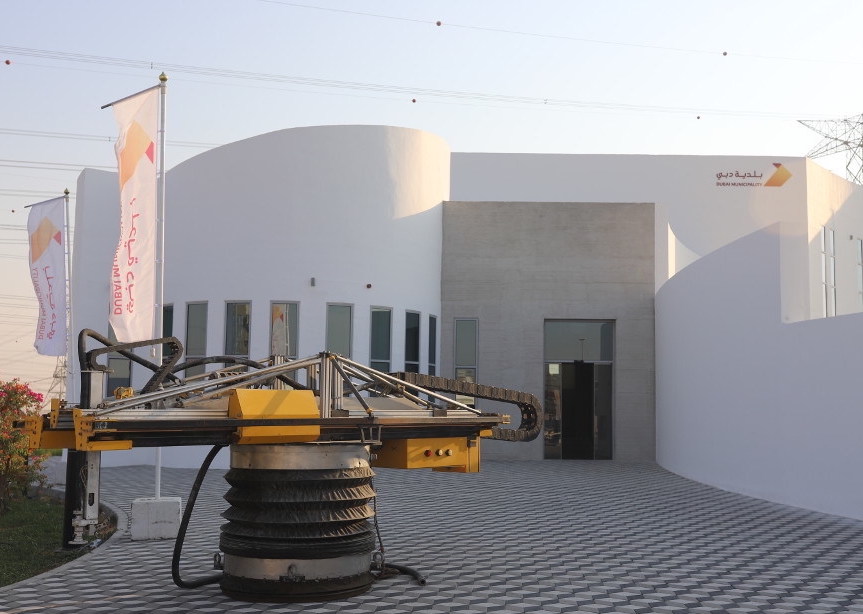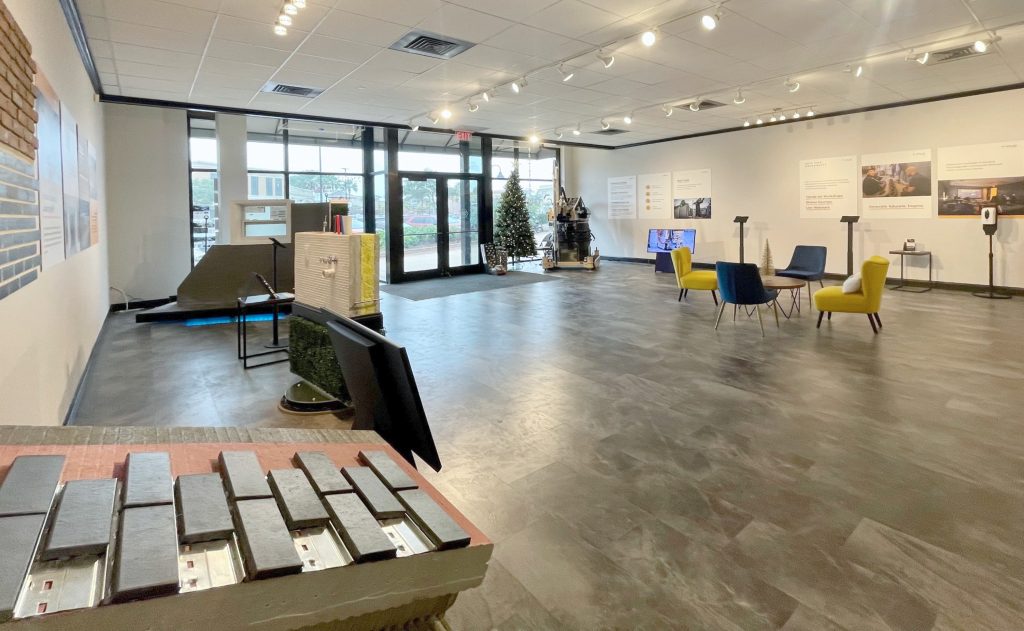Building regulators in Montana have become the first in the US to approve 3D printed walls as a fully-fledged replacement for those made via concrete masonry units (CMUs) or standard cored concrete blocks.
The approval has been granted to Tim Stark, a contractor seeking to use Apis Cor 3D printing to complete a housing project in Montana’s largest city, Billings. By carrying out these builds via 3D printing rather than traditional construction methods, it’s thought that Stark will be able to cut his costs by up to 30%, while erecting homes at a rate that meets local affordable housing demand.
“The need for safe, quality affordable housing is significant across Montana, and this approval puts Montana at the forefront of innovative housing construction technologies nationwide,” said Montana’s Commissioner of Labor & Industry Laurie Esau. “The Department will continue to work to ensure that our standards and regulations are keeping pace with the innovation taking place in the industry to help facilitate new construction for Montana’s workers and families.”

Apis Cor’s ‘Frank’ 3D printing portfolio
Co-founded in 2014 by Nikita and Anna Cheniuntai, Apis Cor is Florida-based developer of construction 3D printers. Chief among these is the Apis Cor ‘Frank’ 3D printer, a small, mobile, easy-to-use system, that’s said to have the capacity to construct two-storey tall buildings, ‘with unlimited square footage’ of living space.
Alongside Frank, the company also markets a ‘Gary’ mixing and pumping unit, made to ensure that construction materials remain at a high viscosity, as well as a ‘Mary’ material delivery system. Rounding out Apis Cor’s offering, the latter is essentially a vacuum-sealed container, used to transport 3D printing materials while protecting them from contaminants.
Together, the firm has leveraged these technologies to carry out construction projects across the globe, including the erection of a building in Dubai that holds the Guinness World Record as the largest ever of its kind. Closer to home, meanwhile, Apis Cor unveiled plans for a 3D printed home on the US Space Coast in 2021, which is set to be listed on the domestic market for $750,000.
More recently, the business has begun working with the Struggle for Miami’s Affordable and Sustainable Housing or ‘SMASH’ and Eden Village Wilmington, to develop low-cost houses in North Carolina and South Florida. Apis Cor’s affordable home 3D printing projects are reportedly set to yield buildings that are faster and cheaper to construct, and address chronic shortages in both areas.
Elsewhere, as part of efforts to commercialize its technology, Apis Cor began publicly trading shares in the US, via an SEC-sanctioned Regulation A+ offering earlier this year. The company also opened its first 3D printed home showroom in Florida, a facility designed to showcase its technology and attract new clientele.

Meeting Montana’s housing needs
According to Federal Housing Finance Agency figures, house prices in Montana rose 23.8% last year alone, a higher rate than the already-lofty US national average of 17.4%. Apis Cor attributes Montana’s atypical pricing to the fact it’s coastal, and people are increasingly leaving seaside cities “seeking a higher quality of life and affordable living.”
The company also says “demand is outstripping supply” there, but despite housing developers being keen to increase their output, “red tape, excessive fees and exclusionary zoning policies” tend to “artificially cap the supply of housing.”
As one of those seeking to get around this red tape, Stark filed documents, specifications and testing reports developed by Apis Cor, with Montana’s local authorities. The filing included evidence that the firm’s 3D printed walls and material have been tested by an independent, third-party lab in Boston, and at the Civil and Environmental Engineering School of the University of Connecticut.
Satisfied that Apis Cor-3D printed walls are a suitable substitute for traditionally-built structures, state officials have now given broad regulatory approval for their use within construction. The approval applies not just to Stark’s planned single-family dwellings, but all construction that follows Montana’s building code, confirming that the walls meet its design, engineering and fire safety standards.
“In so many states, regulations are getting in the way of building more homes,” added Stark. “I’m proud of my home state of Montana for being so forward-thinking and leading the way with this approval of 3D printing as a modern construction method on par to CMU block construction, which opens the door instead of closing it.”
Scaling construction 3D printing
Montana’s state regulatory approval is another shot in the arm for an emerging construction 3D printing industry, in which firms continue to use the technology to realize bigger, more ambitious builds. In August 2021, the Dubai Electricity and Water Authority opened the world’s first 3D printed research lab, which has been earmarked for drone and rover R&D as well as spare part 3D printing.
Since then, plans for ICON’s community of 3D printed homes in Austin, Texas, have been unveiled. Work on the 100-home community is slated to begin this year, with BIG-Bjarke Ingels Group co-designing them, ICON 3D printing their first floors and Lennar finishing them off using traditional wood-frame construction methods.
More recently, in April 2022, Alquist 3D has doubled this commitment, by announcing plans to build 200 homes in the US state of Virginia, in the world’s largest construction 3D printing project. Given the region’s growing workforce, the initiative’s set to serve as a test bed for showcasing 3D printing’s efficacy in creating accessible new homes.
To stay up to date with the latest 3D printing news, don’t forget to subscribe to the 3D Printing Industry newsletter or follow us on Twitter or liking our page on Facebook.
While you’re here, why not subscribe to our Youtube channel? featuring discussion, debriefs, video shorts and webinar replays.
Are you looking for a job in the additive manufacturing industry? Visit 3D Printing Jobs for a selection of roles in the industry.
Featured image shows Apis Cor’s record-breaking 3D printed building in the UAE. Image via Apis Cor.



